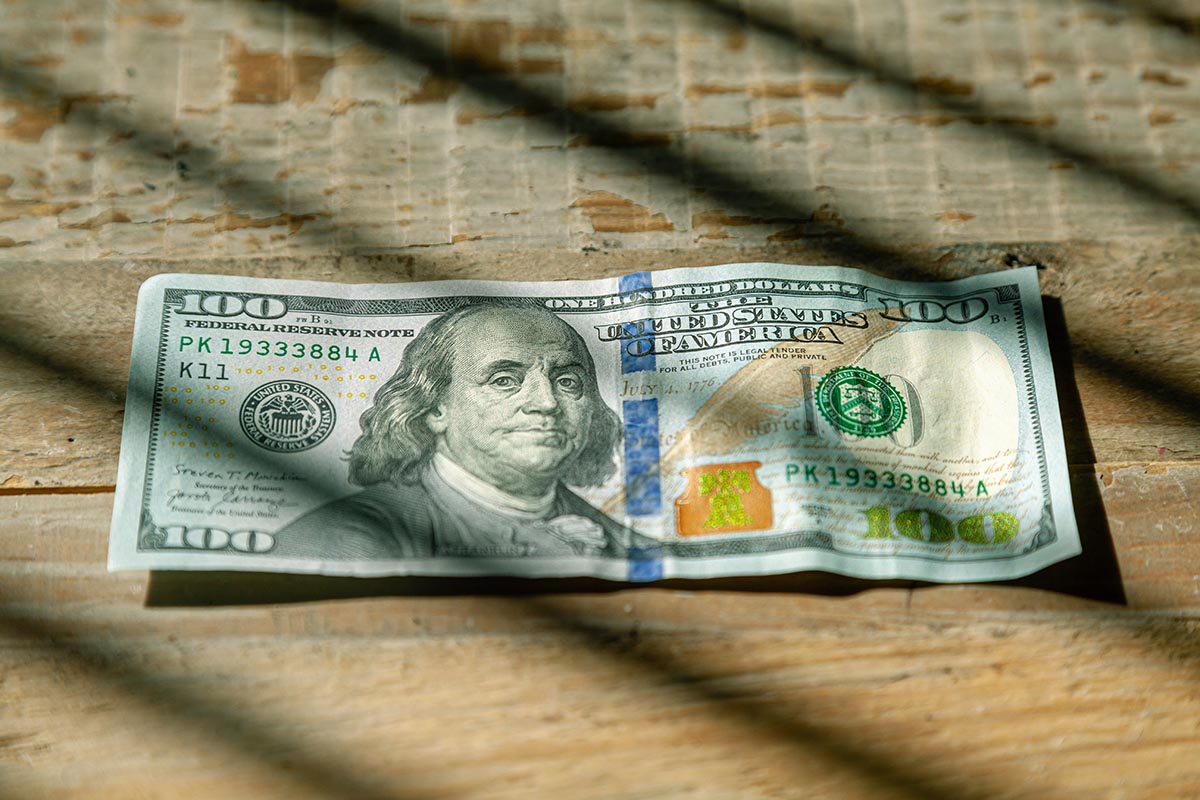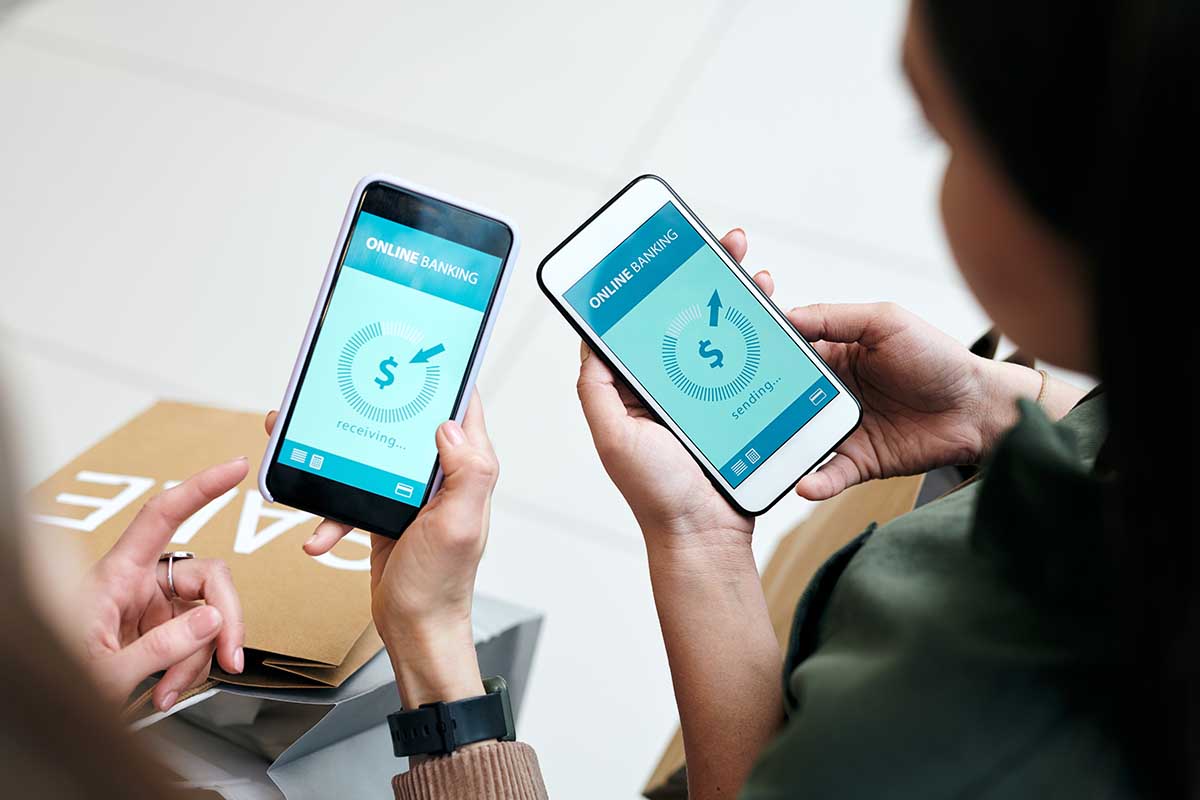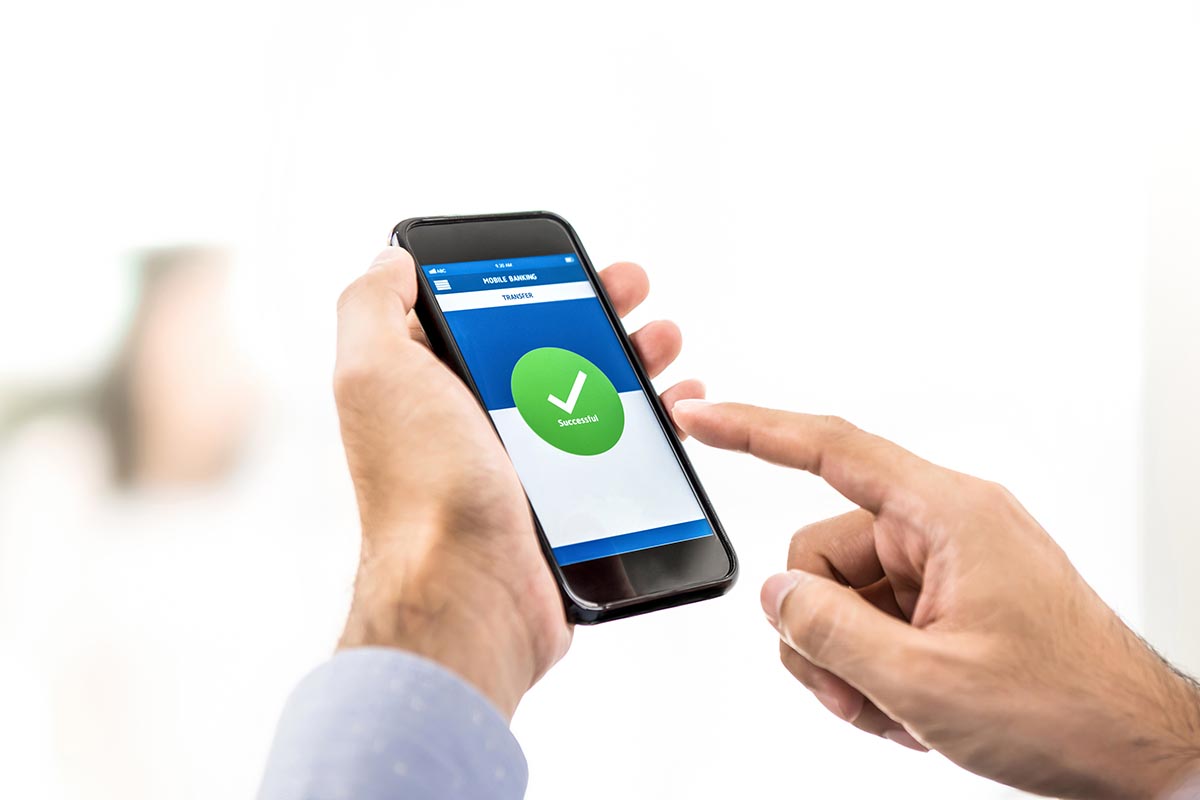Things to Watch Out For When Sending Money Abroad
Making international payments is something many of us need to do from time to time – but it can still be a daunting experience. Which providers offer the best available deal for your specific transfer? How can you check the service you’ve chosen is reputable? And what do you need to do to make sure your money arrives as quickly as possible? We’ll cover all this and more, so you can stop worrying about your international money transfer. Let’s dive right in.
Watch out for commissions and exchange rates
Nobody wants to pay more than they need to for sending a payment abroad. But different transfer services can have very different ways of showing their charges. That can make it tricky to compare your options – and means that doing some research is important to make sure you’re getting the best deal out there for your payment.
When you’re sending money abroad, there are a few things to look out for:
- Commission or service fees;
- Markups added to the exchange rate;
- Extra costs such as fees for paying by card or bank SWIFT fees.
Some of these fees are easier to see than others – and the costs you run into will depend somewhat on the provider you choose.
Commission or service fees should be easy enough to see. They may be described as transfer fees or administration charges – but whatever they’re called, they will be shown upfront when you arrange your payment.
Costs wrapped into the exchange rate can be a little harder. To understand this fee, you first need to know a little bit about how exchange rates work. Banks, currency services, and international payment providers buy currency at the mid-market exchange rate. That’s the rate set on global currency markets and used when institutions make forex trades.
But while payment providers buy currency at this rate, the exchange rate they pass to customers may be different. It’s common practice to add a markup to the mid-market exchange rate – an extra fee that pushes up consumer costs.
To spot whether a markup has been added to your exchange rate, you’ll need to compare the rate the provider is offering you for your specific transfer to the mid-market exchange rate for your currency. You’ll be able to find the mid-market rate with a simple Google search or using an online currency converter. If there’s a difference between the two rates, that’s probably because a markup – an extra fee – has been added to the exchange rate your provider has given.
Finally, look out for extra charges which may not be obvious. Some providers will charge extra if you want to pay for your transfer by card. Exchange rates and fees may vary depending on how you want your recipient to get their payment, too. Cash collections are usually more expensive than sending money to a bank account directly, for example.
You may also run into SWIFT charges – sometimes called correspondent bank charges. These are especially common if you use your regular bank to send your payment and push up costs or mean your recipient gets less than you’re expecting.
Only send to trusted recipients
If you’re asked to make a payment to someone, make sure you are confident that it’s legitimate. Some fraudsters target people buying things online from abroad, knowing that it’s hard to retrieve a payment once it has been made.
If you’re sending money to pay for goods or a vacation, for example, check reviews to see if the company is established and well regarded. Scammers have been known to pretend to be representatives of charities, tax officials, and even loved ones in distress – all to trick people out of their hard-earned money.
Sending Money Abroad: Check your recipient’s details
Knowing your recipient’s details is crucial to make sure your payment arrives safely and in good time. You’ll usually need their name as shown on their bank account, as well as full bank details. These may include an account number, account type, branch address, and SWIFT code.
The exact information you’ll need may vary depending on where you’re sending your payment. You could be asked for a BSB for payments to Australia or a CLABE number for transfers to Mexico. All of these different codes are used to guide your payment to the right account. They’re like routing numbers here in the US – or like giving someone a zip code to find your home address.
Another common detail you’ll need when sending money abroad is an IBAN. IBANs – international bank account numbers – are used in Europe and other regions, including the Middle East, Caribbean, and North Africa parts. You’ll be able to get the IBAN you need from your recipient. Use a simple IBAN checker tool to validate the information you have and make sure your payment can be processed safely.
Choose a reputable provider
There are huge numbers of services out there to help arrange international transfers – you could choose your regular bank, a company with local agents like Western Union, or an online provider like PayPal.
The best provider for you depends on your preferences and the specific type of payment you need to make. The countries and currencies you can send to will vary by provider – as will the options you have for funding your payment and how your recipient gets their money. Consider these questions when you choose a payment service:
- How do you want your recipient to get the payment? Options include bank transfer, cash collection, mobile money, or even cash home delivery.
- How do you want to fund the payment? Cash, debit, or credit cards and bank transfers are payment options available through a range of providers.
- Does speed matter? Cash for collection is often your quickest option, although it may incur higher fees overall.
- Do you want face-to-face service or a convenient 24/7 online service? While your bank might offer a handy in-person option, an online provider or app can handle seamless payments 24 hours a day.
No matter what your preference is, you’ll want to check you’re using a reputable service. Take some time to research the providers you’re interested in, including how long they’ve been in business, their customer service standards, and how they deal with issues and complaints. There are some great online resources out there to help you compare international money transfer services. You’ll also usually be able to find reviews on dedicated websites like Trustpilot, online forums, and blogs.
Using a trusted provider not only means your money is safe no matter where you’re sending it – you could also find you get a better deal.
Sending Money Abroad: Confirm your transfer limit
Once you’ve chosen a trusted provider, you’ll need to make sure you’re able to send the payment you need to make. Different providers have their own limits for sending money abroad, which can be based on the currency and destination country, as well as your chosen method of payment. On top of this, some countries impose limits on the amounts of money you can send.
If you’re using an online provider, you’ll often be able to model your payment to see the costs and exchange rate available. At this stage, you’ll also be shown the minimum and maximum limits for the transfer. If you’re using an in-person service, the agent will tell you the limits which apply to your specific transfer before you confirm your payment.
Some providers may give you options to raise the limits on your account. For example, you may be able to send a larger payment by providing further ID documents, visiting an agent or branch in person, or giving details of the source of your funds.
Check the speed of the transfer
One final check, and you should be good to go. Before you finalize your transfer, check how long it’ll take to arrive. Some payments-especially those made for cash collection and paid for using a card – may arrive almost instantly. Bank transfers can take longer, from a few hours to a few days depending on the destination. Bank transfer services may also be delayed by weekends and public holidays – both here and wherever you’re sending money to – and cut off times. Arrange your payment after the day’s cut-off, and it won’t be processed until the next working day.
No matter which provider you choose, the expected arrival time should be confirmed when you model your payment online or visit your local agent to set up your transfer.
Sending an international payment shouldn’t be difficult. But doing some research in advance can be a good way to make sure you choose a safe and reliable provider with great rates and low fees. That means you can pay less, worry less, and know your money is in safe hands.



















